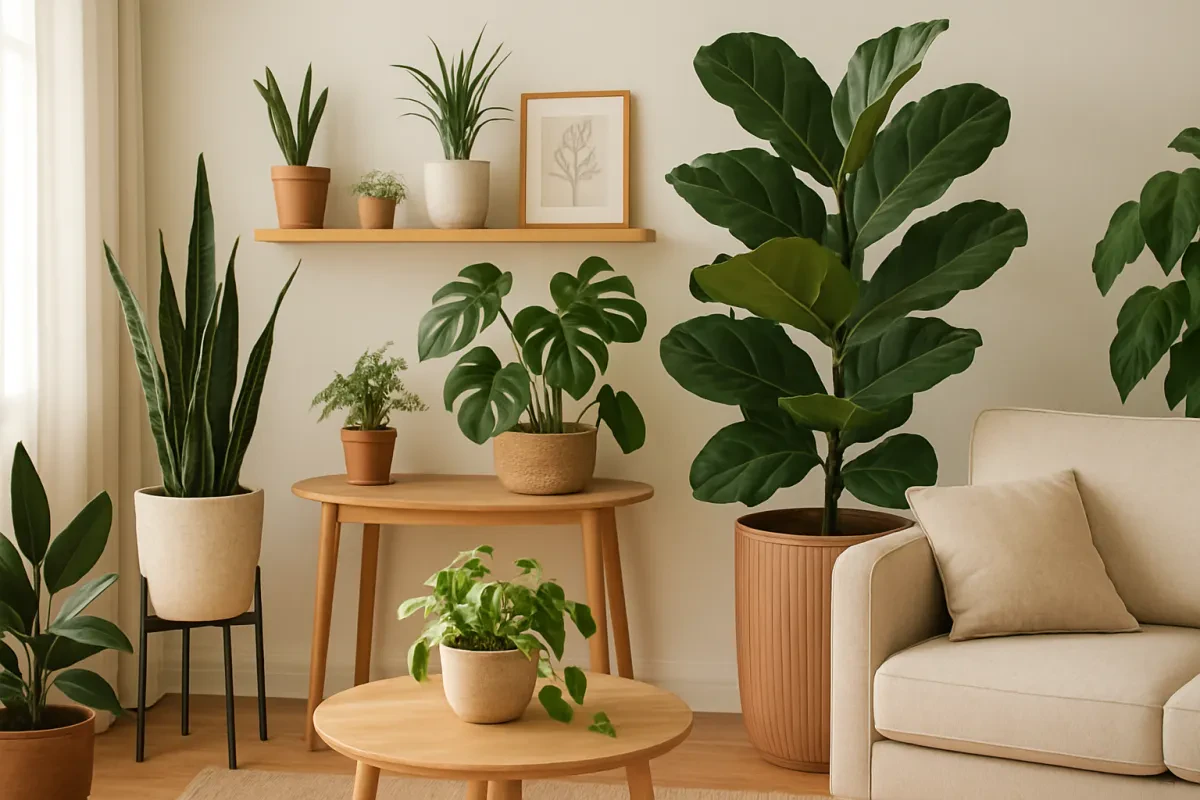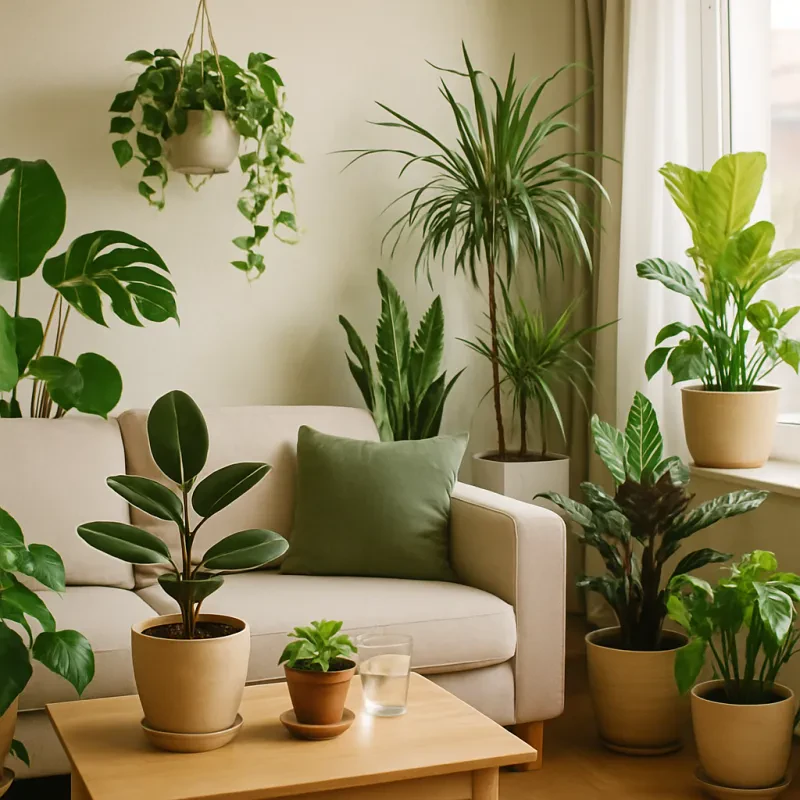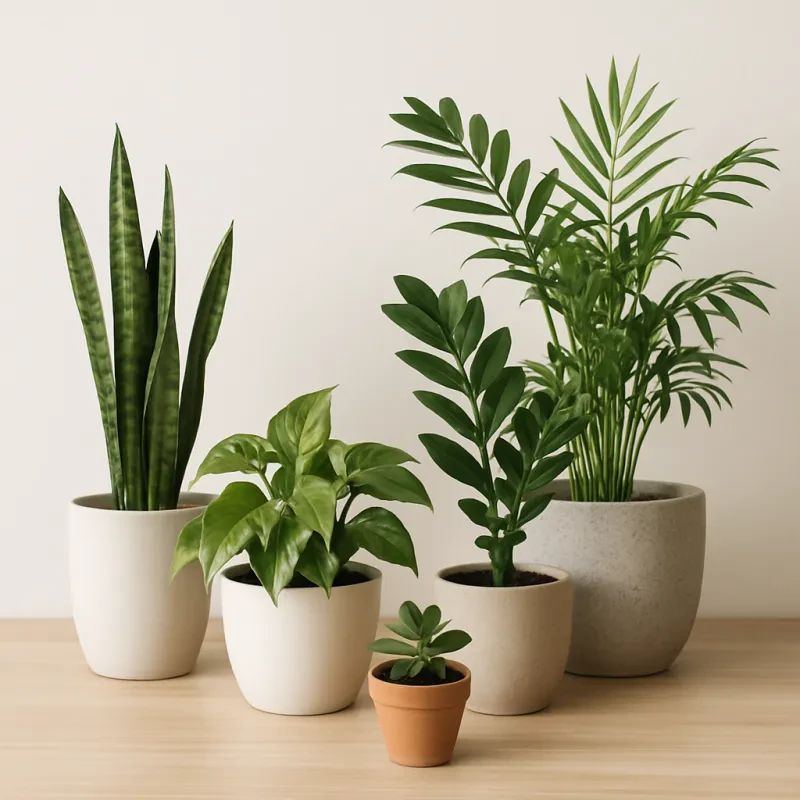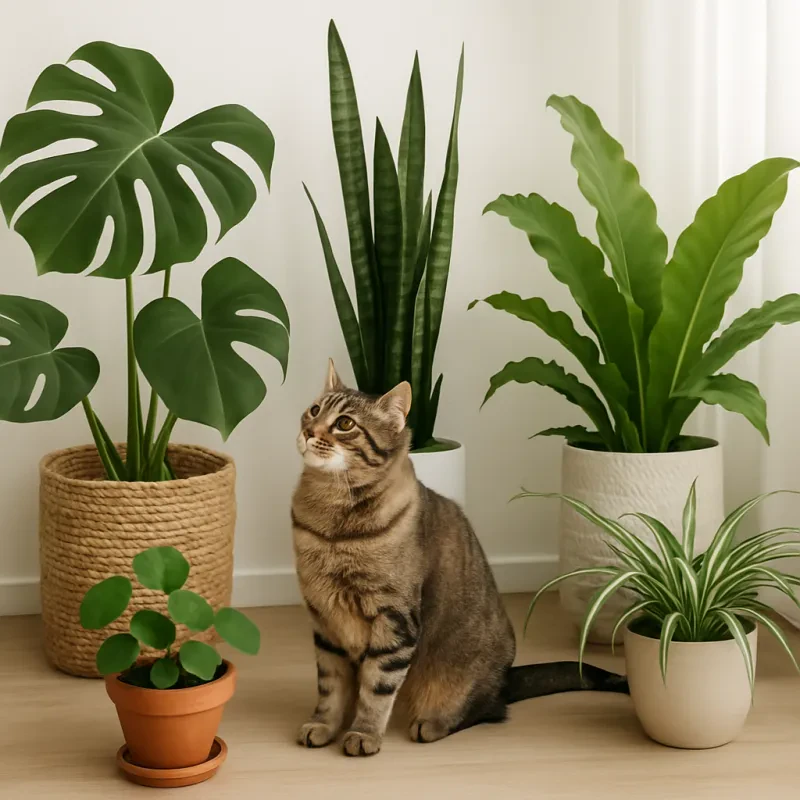Choosing the Right Houseplants for the Right Space
If you want to add some greenery to your home, it’s important to choose houseplants that will thrive in the environment you have to offer. Some plants need more light than others, some need more humidity, and some need more space to grow. Here are some tips for selecting the right houseplants for the right space in your home:
Bathroom
If you want to add some greenery to your bathroom, choose plants that love humidity. That’s because the bathroom tends to be one of the most humid rooms in the house. Some great options include:
- Peace Lily
- Aloe Vera
- Bamboo
- Spider Plant
Bedroom
Your bedroom might not be the warmest or brightest room in the house, so it’s important to choose plants that don’t need a lot of light to thrive. Some great options for the bedroom include:
- Snake Plant
- ZZ Plant
- English Ivy
- Philodendron
Kitchen
Your kitchen is probably one of the brightest rooms in the house, so you can choose plants that are happy in lots of light. Some great options for the kitchen include:
- Succulents
- Herbs (such as basil, parsley, or thyme)
- Jade Plant
- Fiddle Leaf Fig
Living Room
The living room can be the most versatile room in the house in terms of houseplants. If you have a lot of natural light, you can choose plants that love bright spaces. If your living room is on the cooler side, you can choose plants that don’t need a lot of heat. Some great options for the living room include:
- Rubber Plant
- Chinese Evergreen
- Moth Orchid
- Calathea
Incorporating Houseplants into Your Decor
Houseplants are a great way to freshen up your home decor and give your space a natural, cozy feel. Here are some tips for incorporating houseplants into your decor:
Choose plants that complement your color scheme
When choosing houseplants, consider the color scheme of your room. If you have a mostly neutral color palette, consider adding a pop of color with a brightly colored plant. If you have a brightly colored room, choose a plant with foliage that complements the colors in the room.
Consider the placement of your plants
Think about the placement of your plants when incorporating them into your decor. Larger plants can be used as focal points in a room, while smaller plants can be placed on shelves, windowsills, or coffee tables. Consider grouping plants together for a more dramatic effect.
Choose the right containers
The right container can make all the difference when it comes to incorporating houseplants into your decor. Consider using unique planters or baskets that complement your style. You can even paint plain terra cotta pots for a more personalized touch.
Play with different textures
Houseplants come in a variety of textures, from softer foliage to prickly cacti. Playing with different textures can add interest and depth to your decor. Consider mixing plants with smooth, shiny leaves with plants that have more textured foliage.
Don't be afraid to mix styles
Houseplants can be incorporated into any style of decor, from modern to rustic. Don't be afraid to mix and match styles to create a unique, eclectic look. For example, a sleek, modern planter can be used to house a more traditional fern.
Incorporating houseplants into your decor can add life, color, and texture to your home. With these tips, you'll be well on your way to creating a beautiful, inviting space.
Caring for and Maintaining Your Houseplants
Houseplants can bring a lot of joy and beauty to your home, but they also require some level of care to thrive. Here are some tips for keeping your houseplants healthy and vibrant.
1. WateringThe most basic care requirement for houseplants is proper watering. Different types of plants have different water requirements, so it's important to do some research to determine how much water your particular plants need. As a general rule, it's best to water your plants when the top inch of soil feels dry to the touch.
Overwatering can be just as harmful as under-watering, so make sure not to drown your plants. If you're not sure how much water to give your plant, err on the side of caution and give it less rather than more.
2. LightHouseplants need light to photosynthesize and grow, but too much or too little light can be harmful. Again, different types of plants have different light requirements, so be sure to research your plants' needs.
Generally speaking, most houseplants do well in bright, indirect light. Keep them near a sunny window, but not in direct sunlight, which can be too intense. If your plant isn't getting enough light, it may become leggy and weak. If it's getting too much light, the leaves may become bleached or brown.
3. SoilUsing the right type of soil is important for houseplant health. Most plants do well in a well-draining potting mix that's enriched with nutrients. Avoid using garden soil or other heavy soils that can become waterlogged and suffocate plant roots.
4. PruningJust like outdoor plants, houseplants benefit from pruning to encourage healthy growth and remove dead or dying parts. Use sharp, clean scissors or pruning shears to snip off dead leaves, stems, or flowers. You can also prune your plant to encourage branching or promote a certain shape.
5. Pest controlUnfortunately, houseplants can sometimes attract pests like spider mites, mealybugs, or scale insects. If you notice pests on your plants, it's important to address the problem promptly to prevent them from spreading.
There are a variety of natural and chemical pest control methods available, depending on the type of pest and severity of the infestation. Research your options and choose a method that's safe for your plants and your home.
By following these tips, you can help your houseplants thrive and add beauty and greenery to your home.



